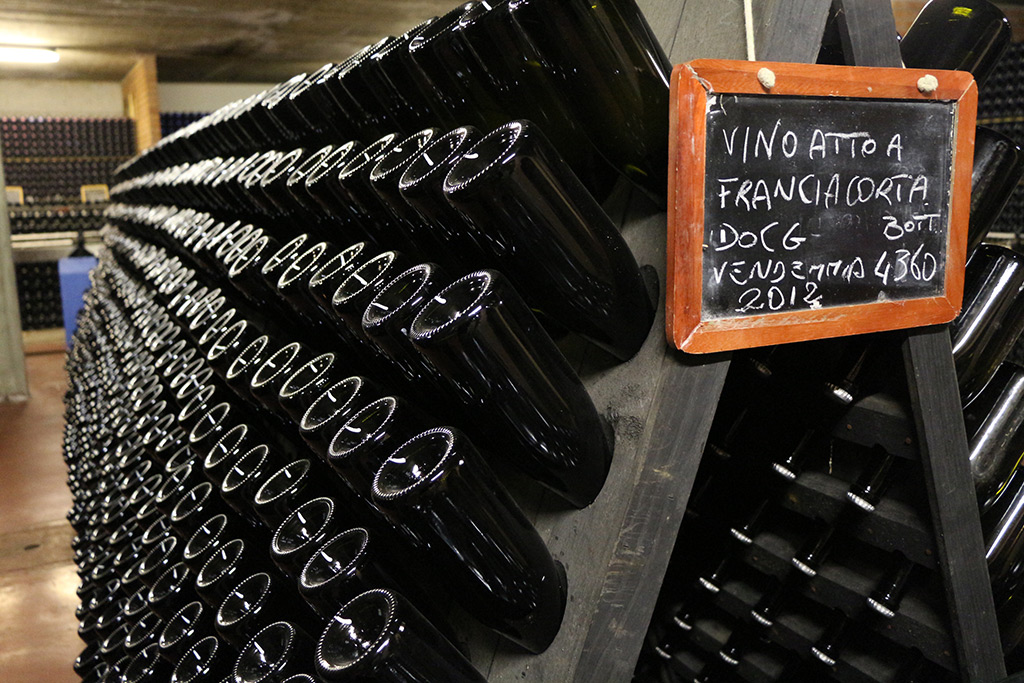Something about the Wines of Italy and our wine tours by Antonio Sferlazzo
Our wine tours are aimed at wine collectors, lovers and for those, who want to discover and share their passion for Italian wines with friends. Since ever, Italy has always been the homeland of wine. Unlike other countries, Italy grows so many varieties of vine (Vitis vinifera). Each of the variety is suitable for its corresponding microclimate, which is located in different zones and in 20 wine regions of Italy. It can be said that each area has its own autochthonic vine varieties; which, for the sake of wine lovers, the most passionate wine producers are trying to rescue and reintroduce, in order to produce local amazing wines, nearly disappeared up to a few years ago So we can say that Italy is so precious for wine lovers, because its wines variety, even if produced by the same grape;
for es. Chianti, Brunello di Montalcino, Nobile di Montepulciano, wines produced by the same Tuscan grape, Sangiovese, are an expression of their specific “terroir”, a French word which express so well why the different composition of the soil, the different microclimate, the different laws which rules the wine making process, in each micro-district, finally generate such diverse wines;
but that can only be understood only after visiting each district of each wine region, alongside with specific wine tasting. Following are short notes about some of the wine regions, and districts, where we lead our clients the most:
Tuscany
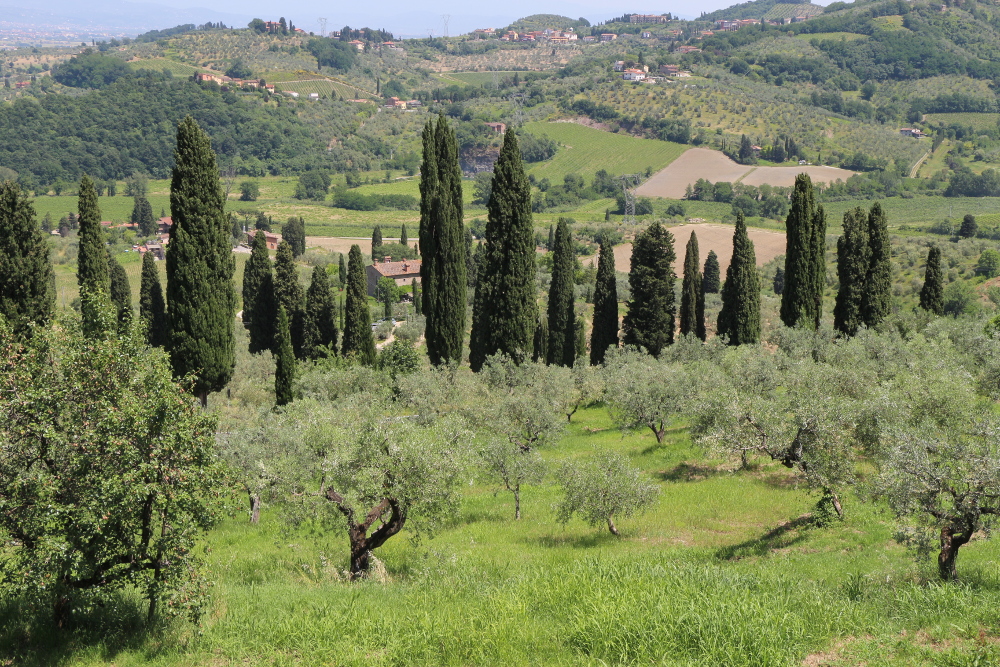
pls notice: our standard 3-days wine-tour in Tuscany is 1st day Chianti, San Gimignano; 2nd day Montalcino, Montepulciano; 3rd day Bolgheri; sometime, the wine tour may focus on the southern part of Tuscany, to discover the wines of Maremma; in this case, even Umbria (Orvieto and Sagrantino di Montefalco) can be attached to the tour
Wine has been produced in Tuscany since at least 2500 years, as some archeological Etruscan paintings show; in fact, at that time, Tuscany was named “Enotria” (the land of Enos, “wine” in the ancient Greek language); the queen vine of Tuscany is Sangiovese, a black grape very rich in tannin, therefore appropriate to produce red wines suitable for ageing and rather diverse from each other, such as Chianti Classico, Brunello di Montalcino, Nobile di Montepulciano, Morellino di Scansano, as their “terroire”, as we already explained, is quite different;
But perhaps, what became the world wide most renowned Tuscan wine district is Bolgheri, by the sea, the land of the famous Sassicaia, a blend of the French grapes from Bordeaux such as Cabernet and Merlot, awarded in 2018 as the top world wine by the top wine magazine Wine Spectator;
But are wine districts such as Lucca, Maremma, are worthy of being discovered. We will take you there.
Chianti and Chianti Classico
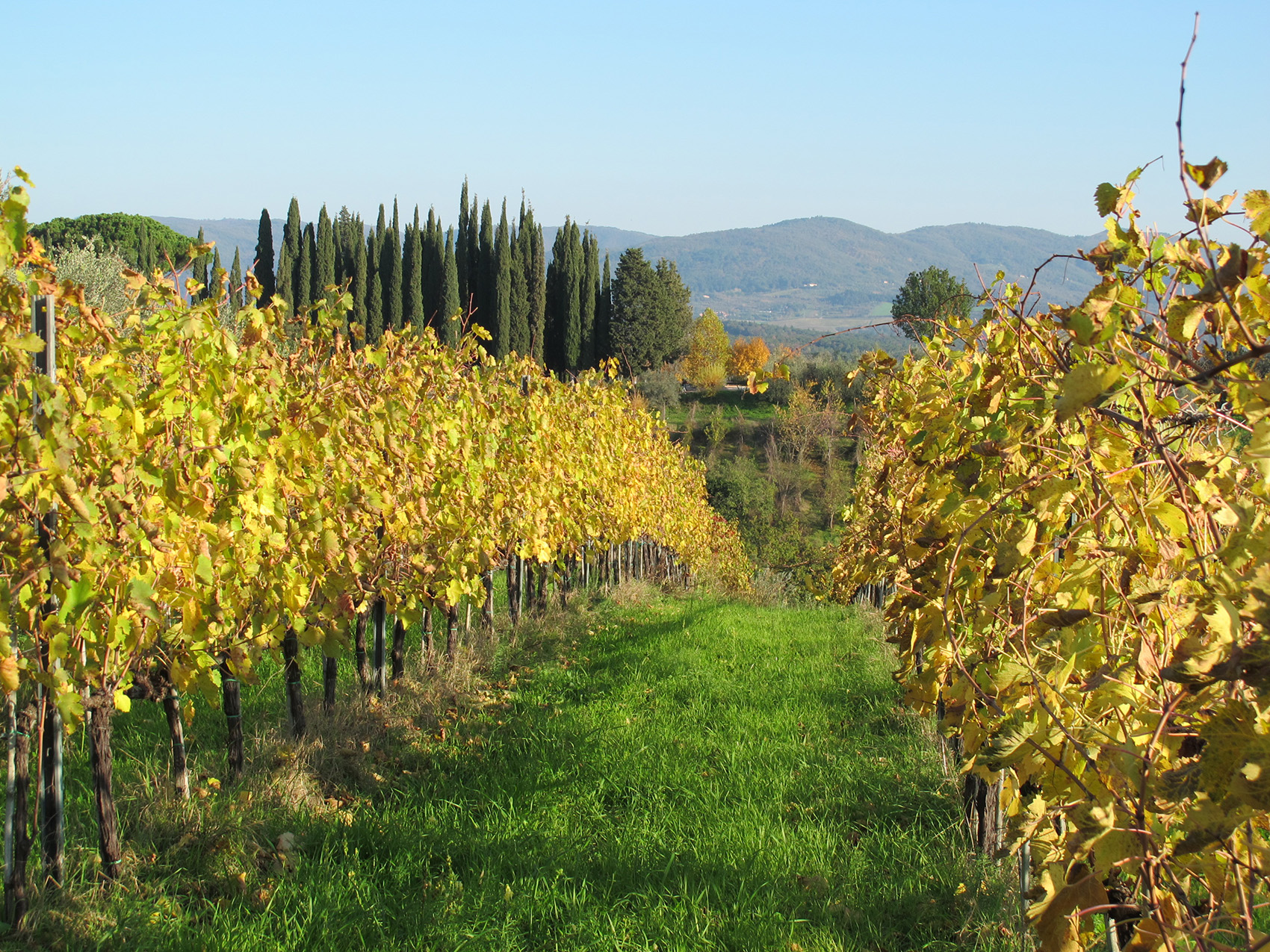
The Chianti is a vast hilly area between Florence and Siena; a magic landscape, still wild, mainly covered by wood and vineyards, where old castles and ancient fortified small towns from middle age, still intact, such as Radda, Castellina, stand on top of every hills. The capital is Greve in Chianti, also famous because of the Tuscan navigator, born in the family castle near the town, Giovanni da Verrazzano, who discover the Hudson River and Manhattan.
The top worldwide wine makers, such as Antinori or Frescobaldi, both based in Tuscany, still make their wine in the same 500 years old cellars, which belonged to them since the Renaissance.
The Chianti Classico refers to the wine produced in an smaller elite district of Chianti, according furthermore to a strict rule which requests 80% minimum Sangiovese grape
READ MORE
in addition of other grapes which the wine maker decides eventually to add in order to smooth the tannin, such as Merlot or Cabernet, fortunately no longer over used as in the past, when producers were trying to match the international taste. Chianti Classico must be sold no sooner than one year, or else two, if destined to be a “riserva” (aged wine).
A Chianti Classico wine tour, of course won’t ignore the nearby San Gimignano, the “Manhattan” of Middle Age, not only famous for its towers, but also for its Vernaccia wine, the only autochthonic Tuscan white grape.
Brunello di Montalcino
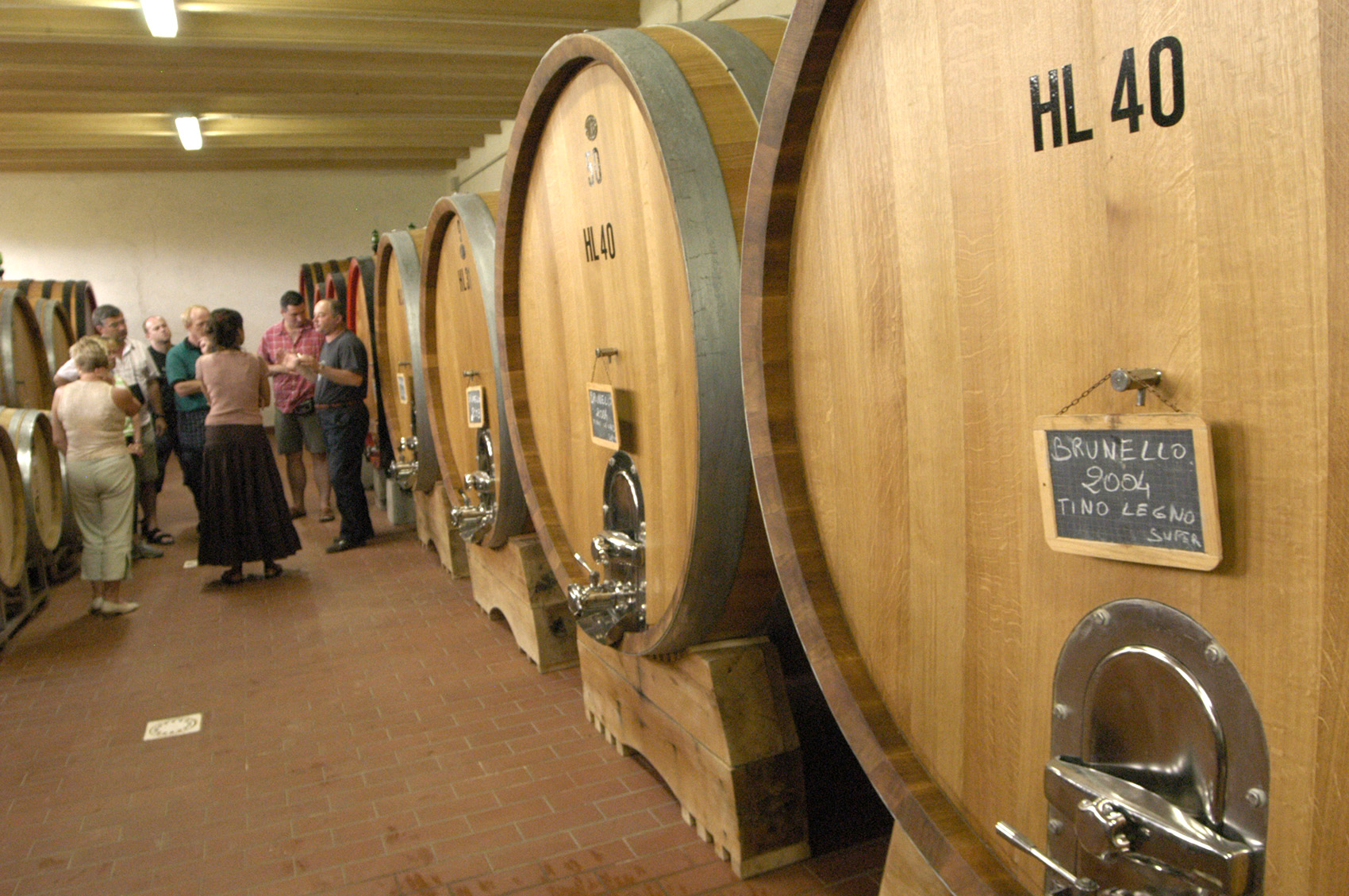
During the last 30 years Montalcino, a small hill town 40 ‘south of Siena, which gives the name to one of the world wide top wine, the famous Brunello, faced a sort of Gold Rush which brought many of the main wine producers of Italy, such as Gaja, Antinori, Bellussi, Bottega, or sas the King of coffe Illj, to buy vineyards and build cellars in that relatively small territory; by regulations Brunello must be made 100% of a variety of Sangiovese, named “Grosso”, so rich in tannin to require at least 5 years of aging before evolving in its all complexity. But in the cellar of the father of Brunello, Franco Biondi-Santi, who recently died, there are bottles more than one hundred years old, still in good shape. A younger Brunello called Rosso di Montalcino, can on the contrary be sold just one year after the harvest.
Nobile di Montepulciano
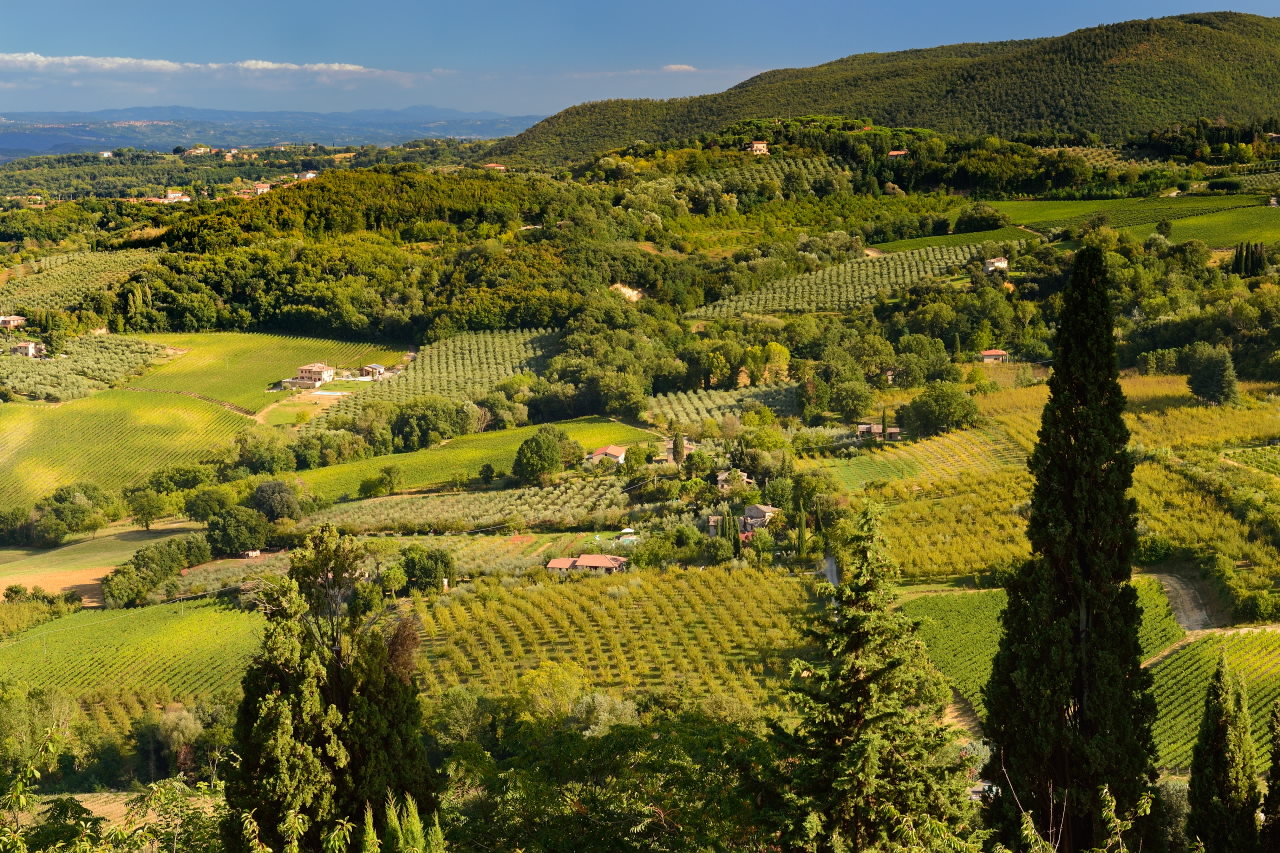
Situated 45 minutes southeast of Siena, the magnificent hill town of Montepulciano, was built during the Renaissance on top of a hill made of “tufo”, a volcanic rock, where the Etruscans, centuries and centuries before, have curved underground tunnels already used as shelters and cellars. The vineyards around the city, produce one of the best Tuscan wine, named Nobile, after a letter of the Pope, who, during the Renaissance, requested the bishop of Montepulciano, to send to Rome, that “noble and fantastic wine” he tasted when visiting the city. The variety of Sangiovese cultivated in Montepulciano is called “Prugnolo Gentile”. Vino Nobile di Montepulciano must age for two years at least, while “Riserva” for three. Rosso di Montepulciano is a kind of a younger Nobile, which is ready to be consumed after a shorter period.
Bolgheri
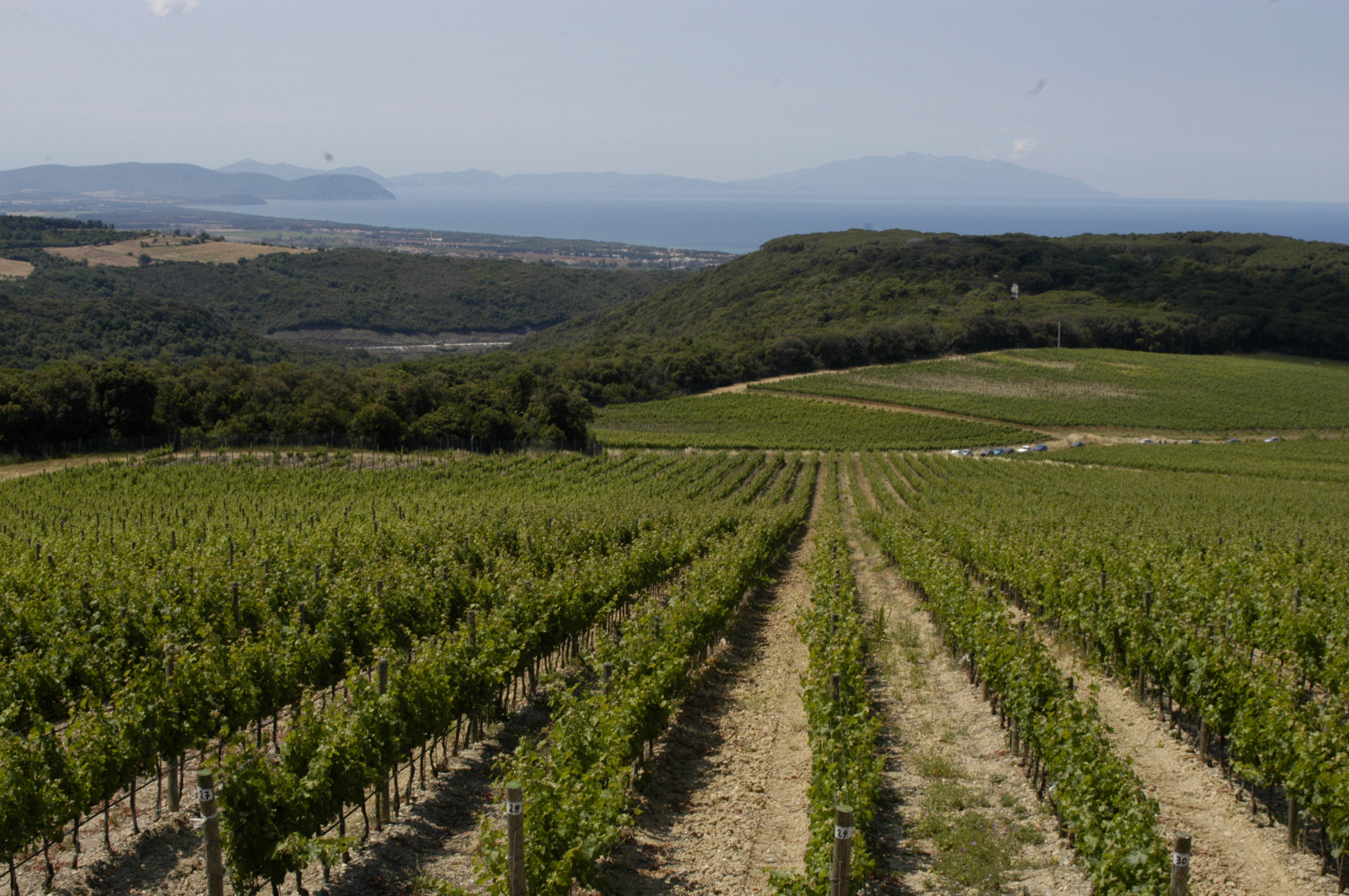
Bolgheri, a very small wine district of Tuscany, is a coastal area just 20 km long, in the western part of Tuscany, which extends from the small town of Bolgheri towards the sea. Thanks to their intuition, Marchese Incisa-Della Rocchetta and Giacomo Tachis, the father of all Italian wine makers, decided, during the ’70ies, to cultivate here French varieties of vines: a few years after, Sassicaia, a blend of Cabernet and Merlot, became the most famous wine in the world. Then, in a few years, in a sort of Gold Rush to buy land, implant vineyards and build new cellars, all the top Italian wine producers (Angelo Gaja, the father of Barbaresco, first), landed in Bolgheri, which became the most famous wine district in the world, expanding from 250 hectares to 960 hectares of vineyards in 20 years.
READ MORE
The perfect adaptation of Bordeaux vine varieties to the Mediterranean micro climate, warmer and drier than the Atlantic coastal area, gave birth to many other important wines, such as Masseto, Ornellaia.
The DiVine Wine Tour Tuscany Chianti Bolgheri 2016
The DiVine Wine Tour Tuscany Carmignano 2017
The DiVine Wine Tour south Tuscany Umbria 2017
The DiVine Wine Tour first Chinese clients 2018
May 2019, The DiVine Wine Tour in Tuscany on the hills of Lucca and 5Terre
May 2019, The DiVine Wine Tour in Tuscany with buyers from Slovakia
September 2019, The DiVine Wine Tour in Tuscany for a Czech company
Veneto
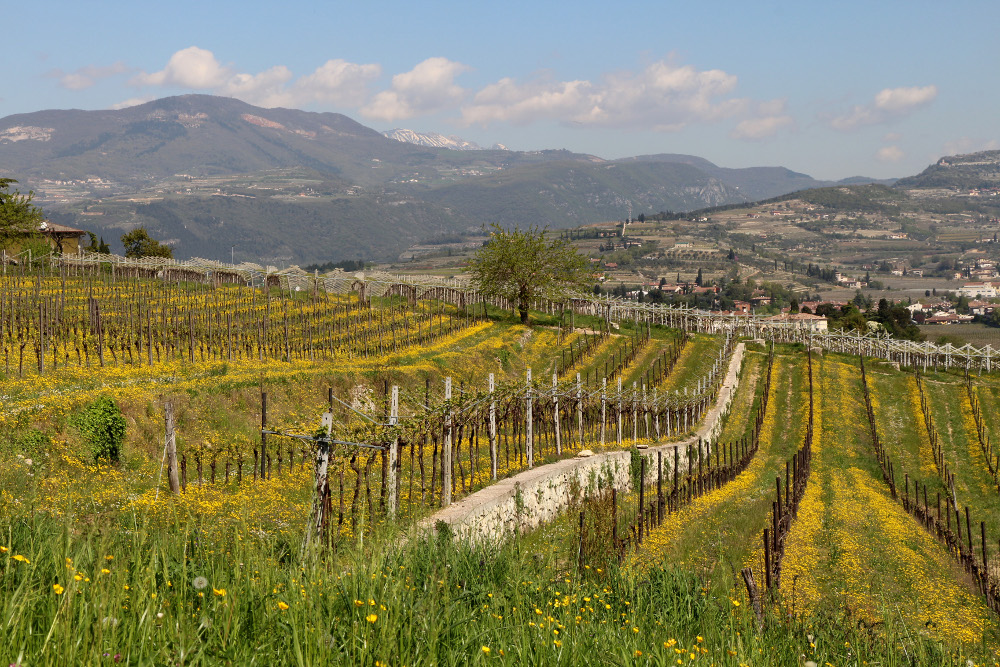
pls notice, our standard 3-day wine-tour is: 1st day Verona/Valpolicella; 2nd day Soave, or Bardolino/Garda Lake, or Franciacorta, the land of Italian champagne; 3rd day, Prosecco and Friuli/Collio, or else Verona can be the 1st stop on the way to Barolo, Piemonte (pls see below); a wine tour to Verona, can be eventually attached, before or after, also to a stop in Trentino Alto-Adige; pls request a customized program, based on your needs.
Veneto is one of the largest wine producing regions, where the vineyards are a characteristic landscape element. Vine exists here in all its forms and produce different kind of wines: red, white, sparkling or sweet, as Reciotto, a dessert wine from Valpolicella. Thanks to so many different micro-climates, variously influenced either by the Alpes, the Garda Lake, the Adriatic Sea, and different soils, the many “terroirs” of Veneto express such a vast variety of wines, and grapes. From the white Soave, so full of mineral, as the vines are grown in a volcanic hilly area east of Verona, to the sparkling Prosecco of Valdobbiadene, near Treviso; from the light wines of Garda Lake, such as Bardolino to the strong reds of Valpolicella, the wine district around Verona, such as Ripasso and Amarone, undoubtedly the king of the Veneto wines, and one of the most famous Italian reds, made out of Corvina, Rondinella and Molinara grapes, dried for a few months before being pressed. The result is a full-bodied wine, rich in sugar, nearly a “meditation” wine. Beside the excellent wines, Verona, Romeo and Juliet‘s city, thanks to the nearby Garda Lake and the summer Opera festival at the Arena, is one of the most attractive tourist Italian location; but it’s also the world capital of wine business, where each year, in April, hundreds of thousands of traders, gather from all over the world, to visit VINITALY, one of the most important wine fairs of the world.
The DiVine Wine Tour Verona 2015
Piedmont
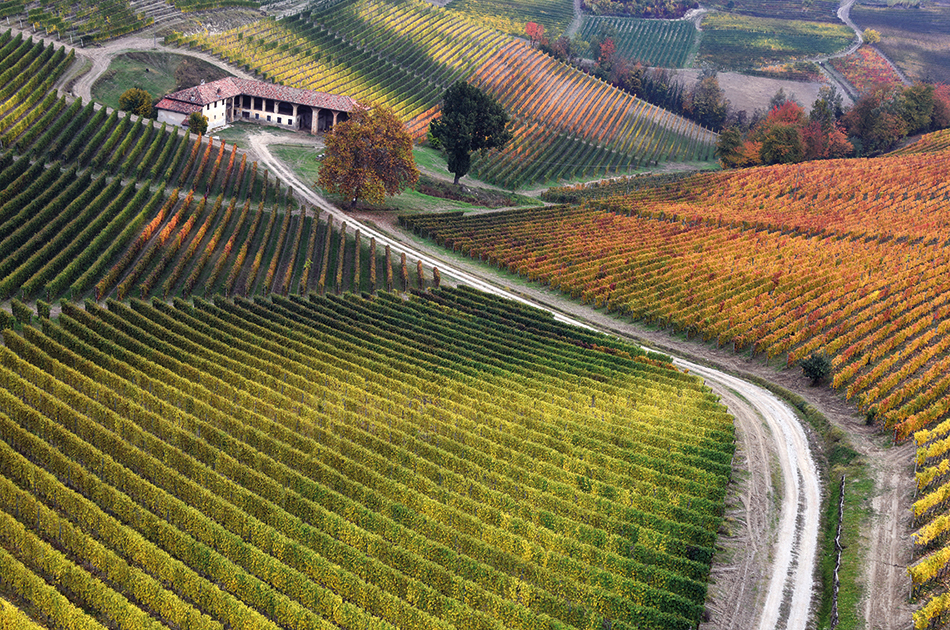
pls notice: our standard 3-day wine-tour is: 1st day Verona/Valpolicella; 2nd and 3rd days Piemonte/Langhe; pls have a look to our standard program below:
Although Piemonte is the top Italian region in the production of wine, and many are the wine districts, including Moscato d’Asti, Gavi, Roero, the area on which the entire international wine circus focuses its attention, is a very small territory named Langhe: here, two of the greatest Italian wines, Barolo and Barbaresco, worldwide famous, are made 100% out of Nebbiolo, the king of the grapes of Piemonte. As Sangiovese, Nebbiolo is very rich in tannin, therefore both Barolo and Barbaresco, require a long term aging, minimum 4 years, and they are destined, to evolve, improve and last for many, many years. For this reason, Barolo, together with Tuscan Brunello, and Amarone from Valpolicella, are the most demanded, and expensive of the Italian wines. In the Langhe, a magic hilly landscape, nearly each squared meter is occupied by vineyards, except for a small percent of soil, where the wood has been preserved…for a very specific purpose: that of harvesting the famous white truffle of Alba, the capital of the Langhe, where each autumn, the lovers of this precious “tuber” gather from all over the world, to buy the best ones; or at least, as the price is not that cheap, to smell its unique flavor
The DiVine Wine Tour Piemonte 2015
Trentino-Alto Adige
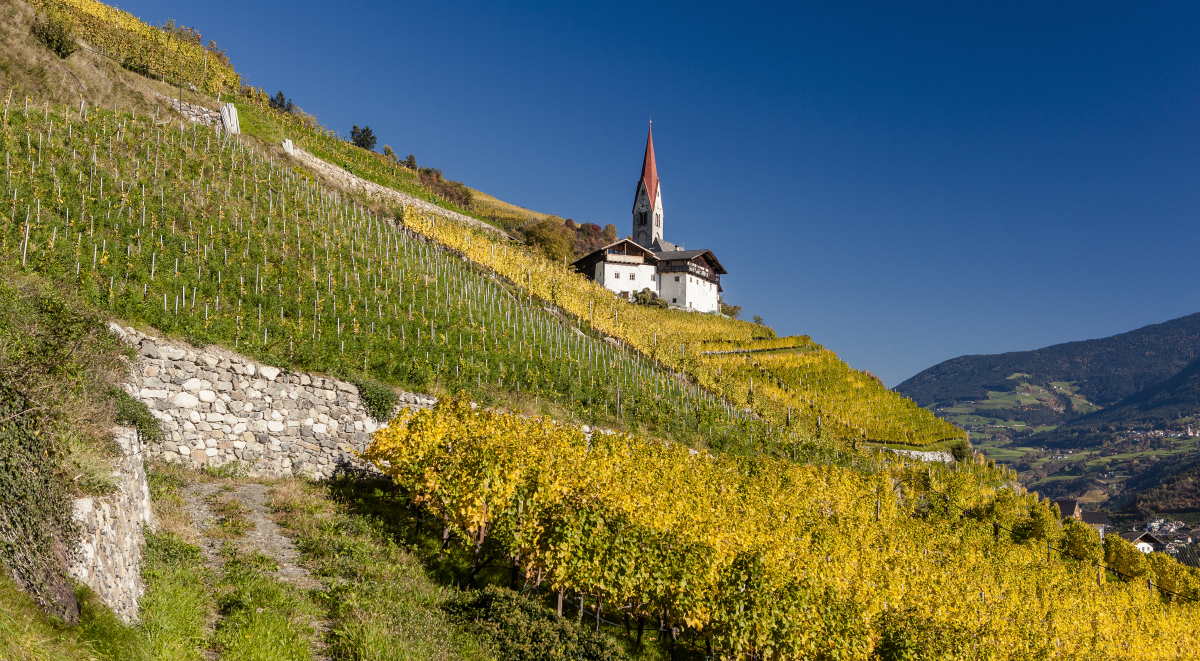
pls notice: a Trentino AltoAdige (Trento and Bolzano) wine tour, can be eventually attached, before or after, to a tour in Valpolicella/Verona (see above)
Trentino Alto Adige it’s an important wine district, which stretches from the foothills of the Dolomites to the great Italian lakes. Here, vine is grown in the valleys, in an absolute harmony with the landscape, often on steep slopes, which are strengthened by stone walls in a perfect geometry. The variety of soil as well as the diversity of climatic conditions at different altitudes, including a significant temperature range swing between day and night, allow the creation of micro climates and peculiar environments, to which specific vines, so different among themselves, can easily adapt. Generally speaking, the wines from this area, are more elegant, fragrant, fresh rather than powerful and bodied. The most important autochthonic red vine varieties are Lagrein and the aromatic Teroldego Rotaliano. While a widespread cultivation of international varieties such as Merlot, Cabernet, Pinot Noire and Chardonnay finds application in excellent sparkling wines, produced according the “charmat” method. Interesting and refined are the white vines here cultivated, such as Müller-Thurgau, Riesling, and the aromatic Gewürztraminer, imported from Austria and Germany, being Trentino Alto-Adige part of the Hapsburg Empire for many centuries.
Sicily
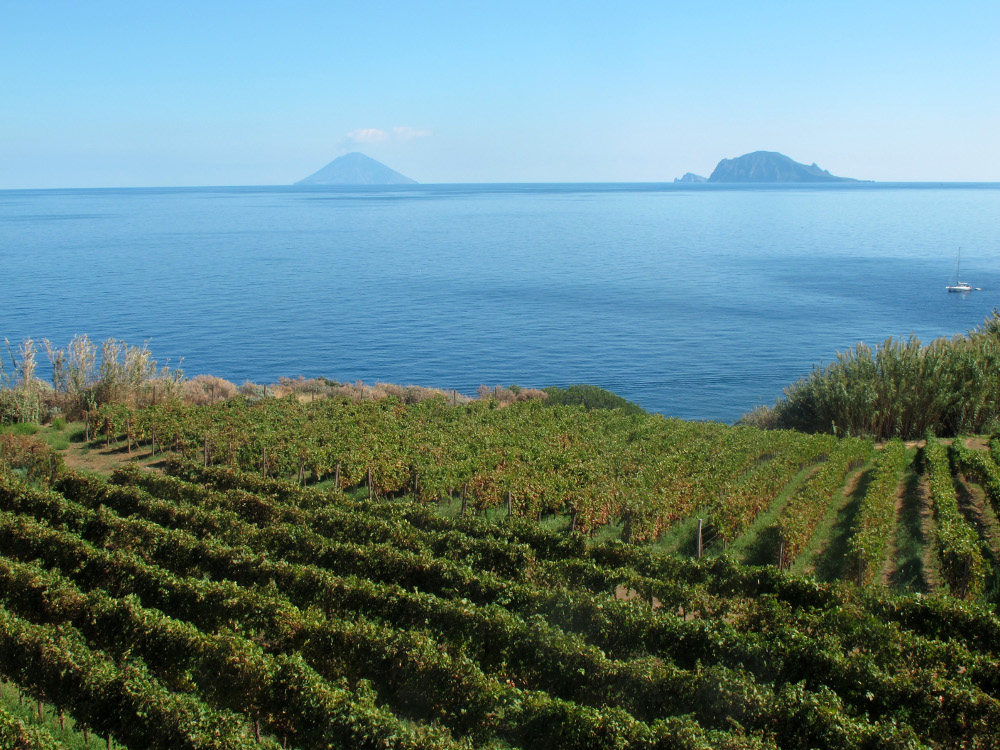
pls notice: our standard 6-days wine-tour is: 1st day, arrival in Catania airport, transfer to south area of Sicily; 2nd day, Nero d’Avola and Ragusa Ibla; 3rd day, Catania, Acireale; 4th day, Etna wines; 5th day, Taormina and Etna Volcano; 6th day, departure from Catania airport; pls have a look to our standard program below:
Sicily is an ideal tourist destination, where visitors can combine archeology, architecture, sea, sun, food, tradition, nature, the Volcano and of course, the Sicilians, with local wine tradition. On the island, imported centuries, and centuries ago by the Greek first, and the Arabs then, 15 original vine varieties are cultivated: Inzolia, Catarratto, Carricante, Grecanico, Ansonica, the most known among the whites. Among the reds, Frappato, Perricone and Nero d´Avola: until a few years ago, known all over the world, only as a grape destined to produce a cheap, alcoholic table wine for supermarkets or else, to be exported to Tuscany, Veneto or Piedmont as “must”, to rise the sugar % in the wines produced in these regions; fortunately, thanks to the passion of a few wine makers, above all Salvo Foti, the “guru” of Sicilian enology, many of the Sicilian wine estates, produce now a days, out of Nero d’Avola, amazing wines. And last but not the least, we’d like to award Nerello Cappuccio and Nerello Mascalese, as the most “seductive” among Sicilian autochthonic red grapes. They both grow on volcanic black soil, on the east and north side of the Etna, where they are traditionally cultivated shaped as “alberello” (little tree), on micro terraces which climb up the sides of the Volcano, basically from the sea level to nearly 1.000 meters. A so called “viticoltura eroica” (heroic viticulture) still performed by hand, with no mechanical tools, to allow the roots of the vines penetrating the lava and absorbing its precious minerals. The microclimate, a mix of sea, strong sun, wind, salt, clouds and volcano, made the rest: the result is a fantastic wine so rich in minerals, flavors, acidity, noble tannins, probably not so different from the wine that Ulysses must have drunk to get inspired how to escape the Cyclops, who had lived the caves of this part of Sicily, the legend says. Finally, “dulcis in fundo” (the sweet at the end, the ancient Romans used to say) Zibibbo of Pantelleria, and Malvasia ofLipari Islands, are the grapes which generate two amazing sweet wines… is that enough to book a wine tour in Sicily?
The DiVine Wine Tour Sicily Etna 2018
Puglia
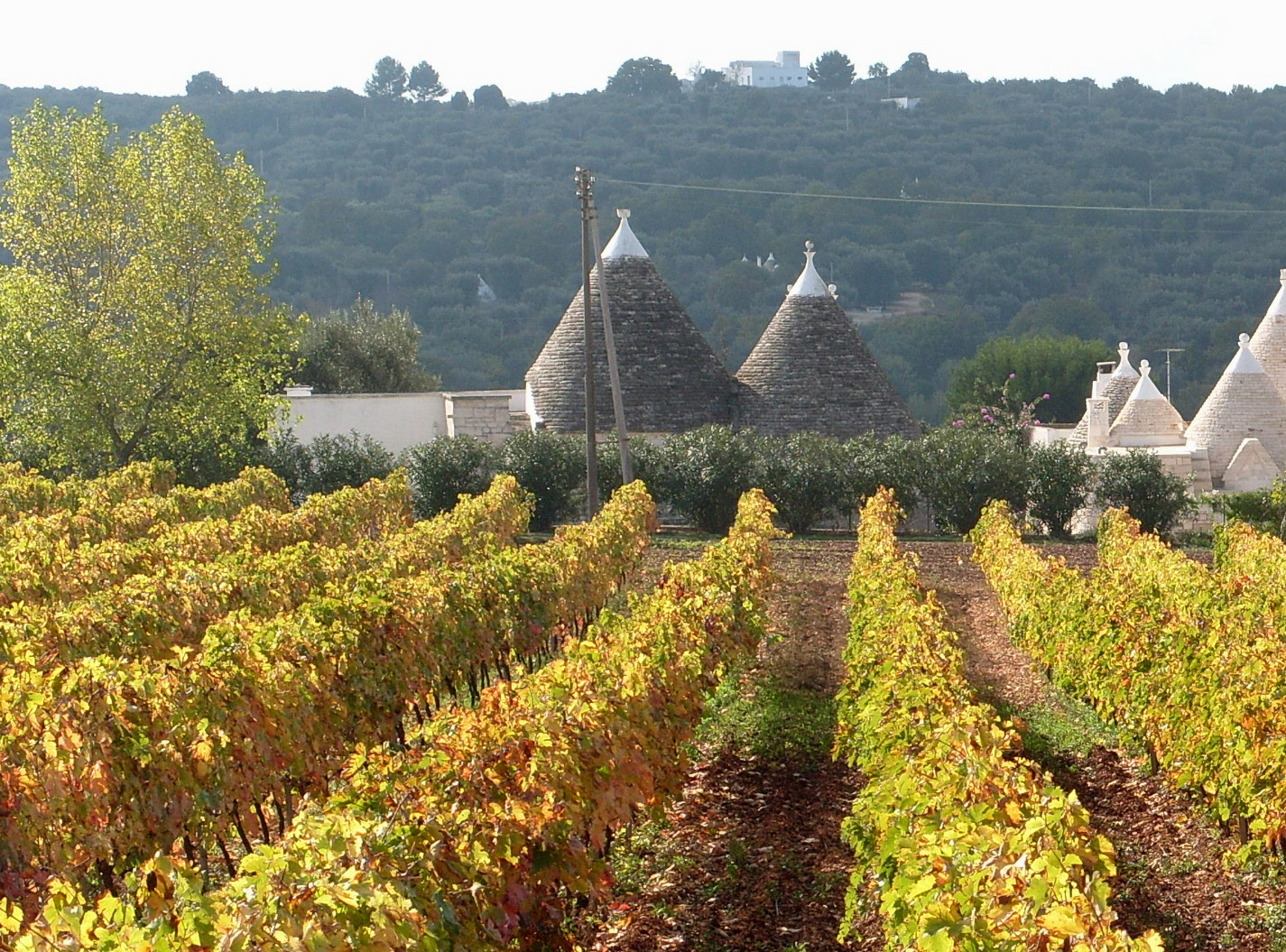
Puglia, as well as Sicily, is an ideal tourist destination, where visitors can combine archeology, architecture ( from the ancient rural shelter, the “trulli”, to the pearls of Barocco, such as Lecce, Galatina), an amazing blue sea, sun, food, traditional music, the “pizzica”, nature, with traditional local wine. Imported centuries, and centuries ago by the Greek and Romans, many vine varieties are cultivated, mainly in Salento, the extreme southern heel of the Italian peninsula, shaped as a boot: Negroamaro, Primitivo the most important among the reds grape; until a few years ago, most of the wine production of Puglia, was destined to be exported to north of Italy, to rise the sugar % in the wines produced in regions such as Veneto, Tuscany or Piemonte; fortunately, many of the wine estates of Puglia, produce now a days, excellent wines. Finally let’s not forget that Puglia produces the largest part of Italian olive oil
The DiVine Wine Tour Puglia
Amarone Valpolicella Monte Faustino Divine Wine Tour|Franciacorta docg Divine Wine Tour|Noble Montepulciano docg Divine Wine Tour|Valpolicella Classsic Doc Monte Faustino Verona|Wine tasting doc Divine Tour|Sicilia Benanti Etna Divine Wine Tour|Wine Shop Verona Tour|Prosecco Bellussi Superior DOCG| Prosecco Doc Brut Veneto Divine Wine Tour|






